Di mana Anda meletakkan spatbor laut saat berlayar?
05/08/2025Faktor apa saja yang mempengaruhi desain fender karet?
05/08/2025Bagaimana Cara Memilih Fender Kapal yang Tepat?
When it comes to protecting your vessel, choosing the right ship fenders isn’t just a technical task—it’s a business-critical decision. With the right marine fender system, you safeguard your ship, crew, and infrastructure from costly damages during berthing and docking.
But with so many options—fender pneumatik, fender busa, cylindrical fenders, d fenders, fender lengkung, and more—how do you know which type is best for your vessel?
Best Ship Fenders: Which One Should You Pick?
The best ship fender depends on your vessel type, docking conditions, and operational needs. For commercial operations, reliability, and durability, foam fenders and pneumatic fenders are often preferred due to their versatility and long-term value.
Why Is This Issue Necessary and Urgent?
Imagine this: A supply vessel docks at a busy harbor during high tide. The wrong fender system is installed—undersized and worn down. As the ship shifts with the waves, the hull scrapes against the dock, causing structural damage. Repairs cost thousands. Delays follow. All of this could have been avoided with the right marine fender.
Choosing the correct ship fender(also called marine fenders or vessel fenders) is not just about performance. It’s about protecting assets, ensuring safety, and minimizing downtime. As global shipping becomes more competitive and port traffic increases, having a reliable fender system has never been more important.
How to Choose the Best Ship Fenders for Your Vessel
Selecting the right fender involves several key factors:
1. Consider the Type of Vessel
Different ships have different needs. A small fishing boat requires far less protection than a cargo ship or oil tanker.
- Small vessels – Often use cylindrical or D-type fenders
- Large vessels – Benefit from pneumatic or foam-filled fenders
- High-traffic ports – Often require heavy-duty fenders system that can withstand frequent impacts.
2. Understand the Docking Environment
Think about where the ship docks:
- Tidal range
- Wave exposure
- Docking frequency
- Available installation space
For example, fender pneumatik are ideal for ports with large tidal variations and ship-to-ship transfers.
3. Choose the Right Ship Fender Type
Let’s break down common ship fender types:
Fender Pneumatik – Great for large ships, offshore platforms, and heavy-duty operations. Easy to deploy and offer high energy absorption. Customers can install truck tire net or aircraft tire net as needed. NANHAI offers two standard pneumatic rubber fenders of 50kPa and 80kPa, as well as non-standardized customization.
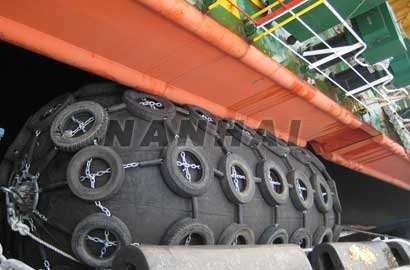
Fender Berisi Busa – Durable, unsinkable, and low maintenance. Ideal for harsh environments. Foam fenders are composed of closed cell foam, polyurethane skin, fixings, filament reinforcement, and internal chains.
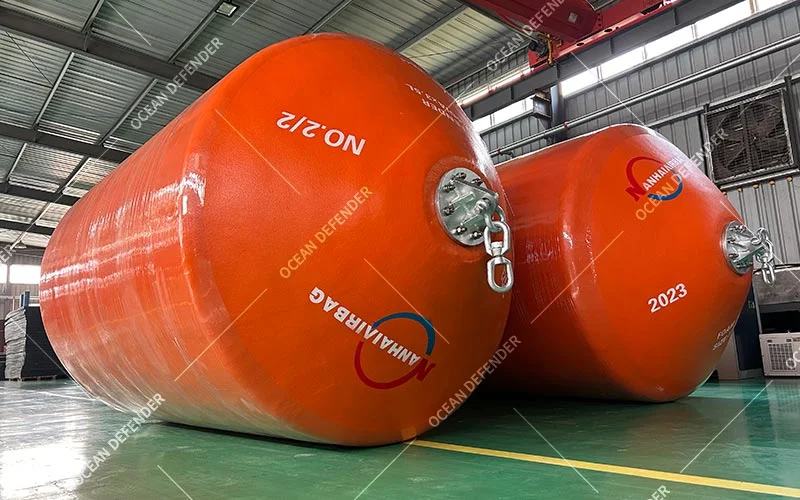
Fender Silinder – Common for general berths and jetties. Simple design with proven performance.

Fender Kerucut – High energy absorption with low reaction force. Super cone fenders can withstand impacts at a greater Angle. Excellent for modern docks. The angular compression performance, with no performance loss under 10 degrees, provided by the NANHAI is better.
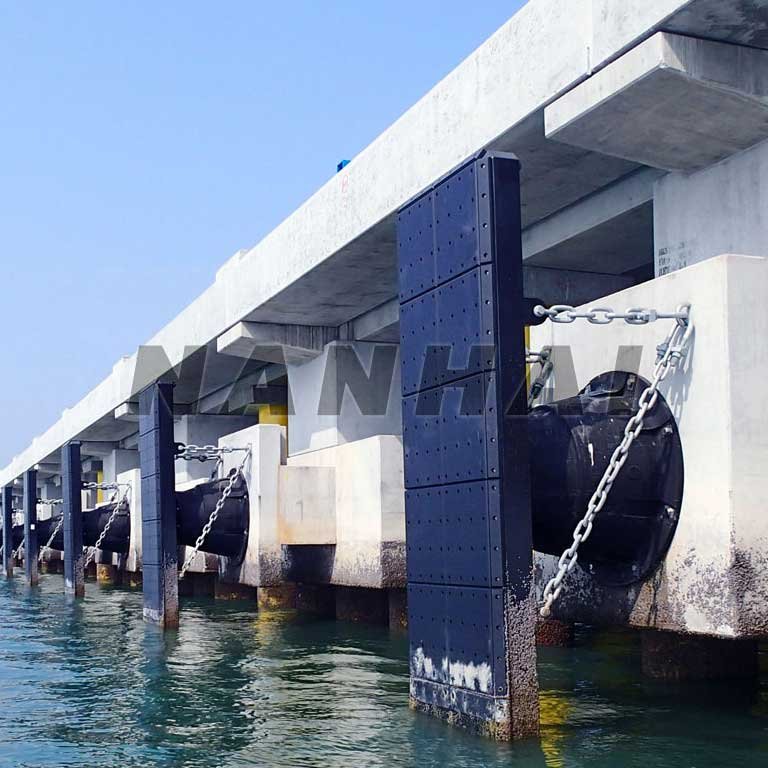
Arch Fenders – Suitable for smaller vessels and docks with limited space.
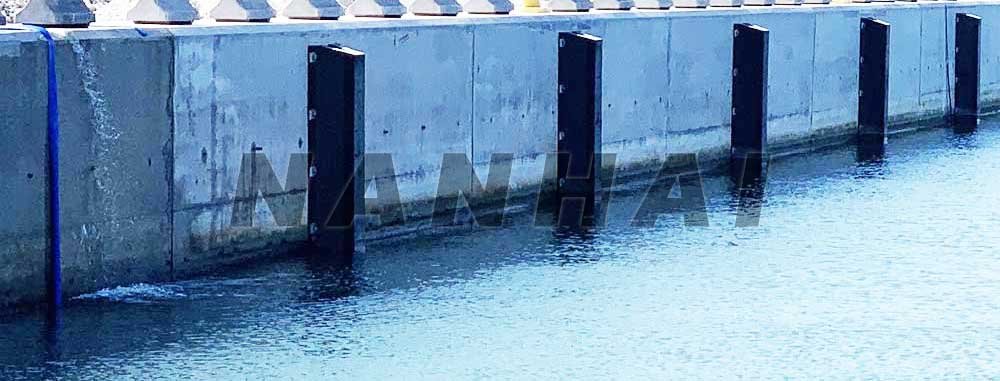
D Fenders – D-type fenders can be bolted directly to the dock or pier structure. They are simple in structure, economical in price, and require almost no maintenance. They can adapt to a variety of harsh environments. D Fenders are also often placed around the corners of structures or on either side of the entrance to narrow docks. Donut fenders are usually brightly colored and can act as a guide.
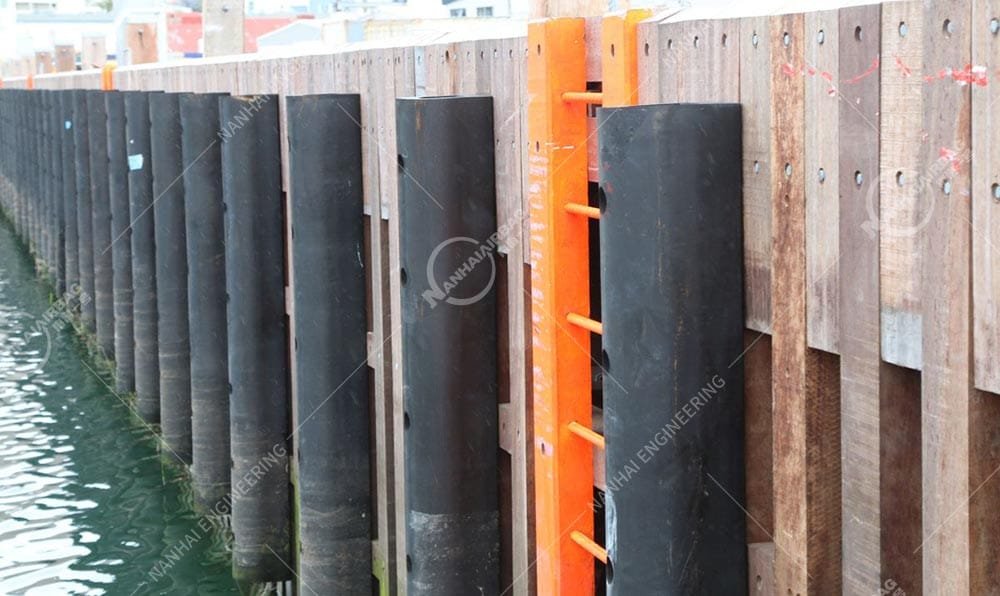
Fender Hidro Pneumatik – NanHai Hydro-Pneumatic Fender builds on traditional pneumatic fender design and serves submarines or semi-submerged ships with underwater berthing needs, whether STD or STS. During berthing, it keeps the reaction force low and protects the ship’s hull effectively. NANHAI sets the pressure of its hydro pneumatic fenders at 230 kPa. These fenders meet the ISO 17357-1 standard and enhance operational safety.

Fender Donat – The donut fender floats and rotates around a fixed monopile, following the tide. You can equip it with a mooring post to allow full tidal mooring. Many operators place donut fenders at the corners of structures or on both sides of narrow dock entrances. Their bright colors also help guide vessels safely.
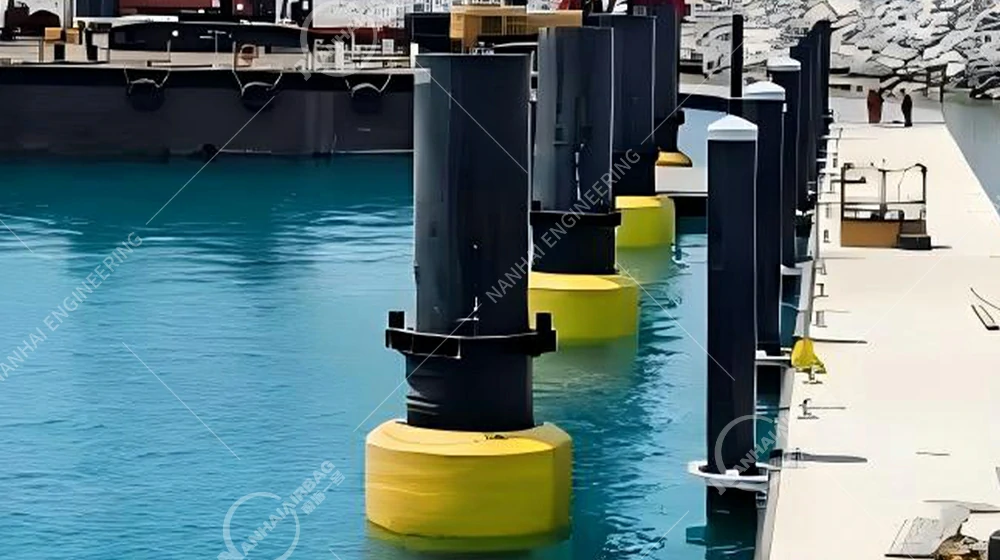
4. Factor in Maintenance and Lifespan
Some fenders, like pneumatic and foam-filled types, require less maintenance and have longer lifespans. Others may be cheaper up front but cost more over time.
Orang Juga Bertanya
What is the difference between pneumatic and foam fenders?
Fender pneumatik use air and offer high flexibility and energy absorption. Foam fenders are solid, unsinkable, and ideal for extreme environments.
How long do marine fenders last?
With proper use and maintenance, fender laut can last anywhere from 5 to 15 years, depending on material and operating conditions.
Are ship fenders reusable?
Yes. Pneumatic and foam fenders are both designed for long-term, repeated use, especially in ship-to-ship operations.
Final Thoughts: Don’t Let the Wrong Fender Sink Your Profits
Choosing the right ship fender is about more than just technical specs—it’s about making sure your operations stay safe, efficient, and cost-effective. If you’re unsure which spatbor laut is best for your needs, consult a trusted fender supplier who understands your docking conditions and vessel type.
Protect your investment. Choose wisely. Dock safely.
